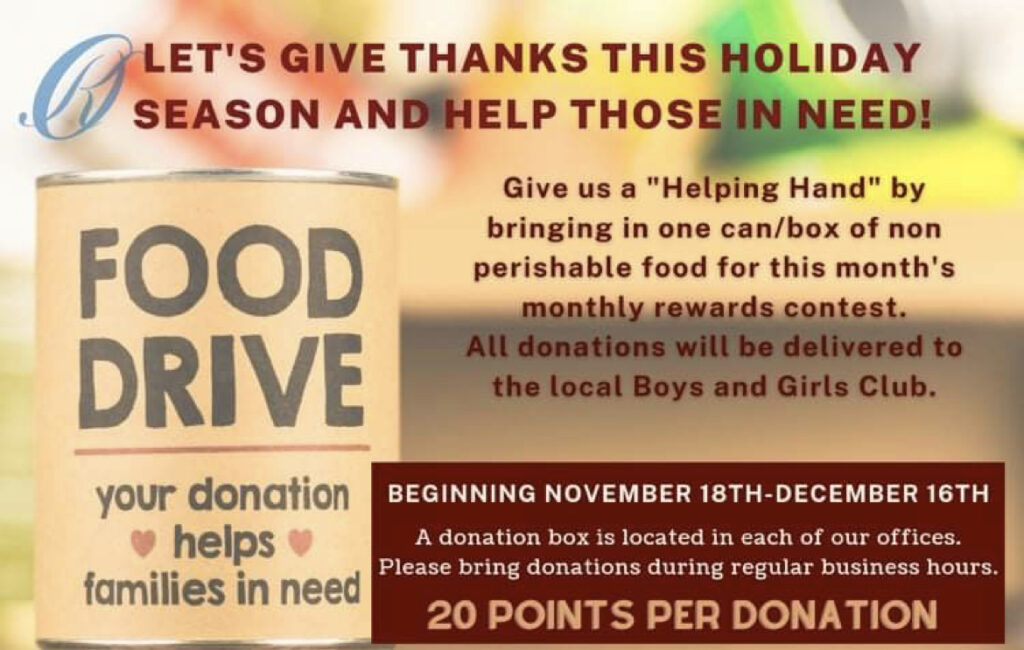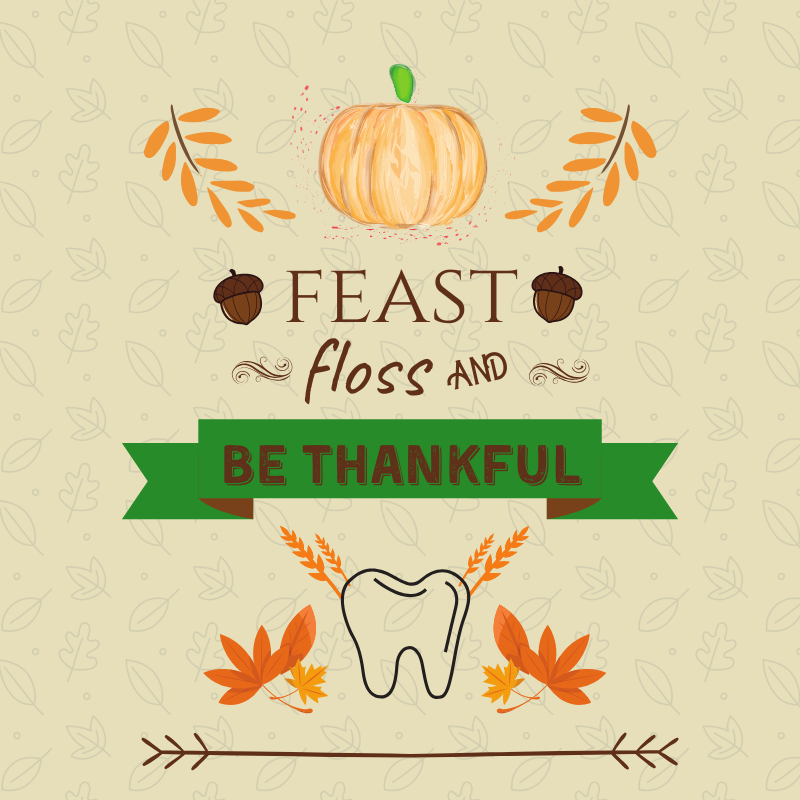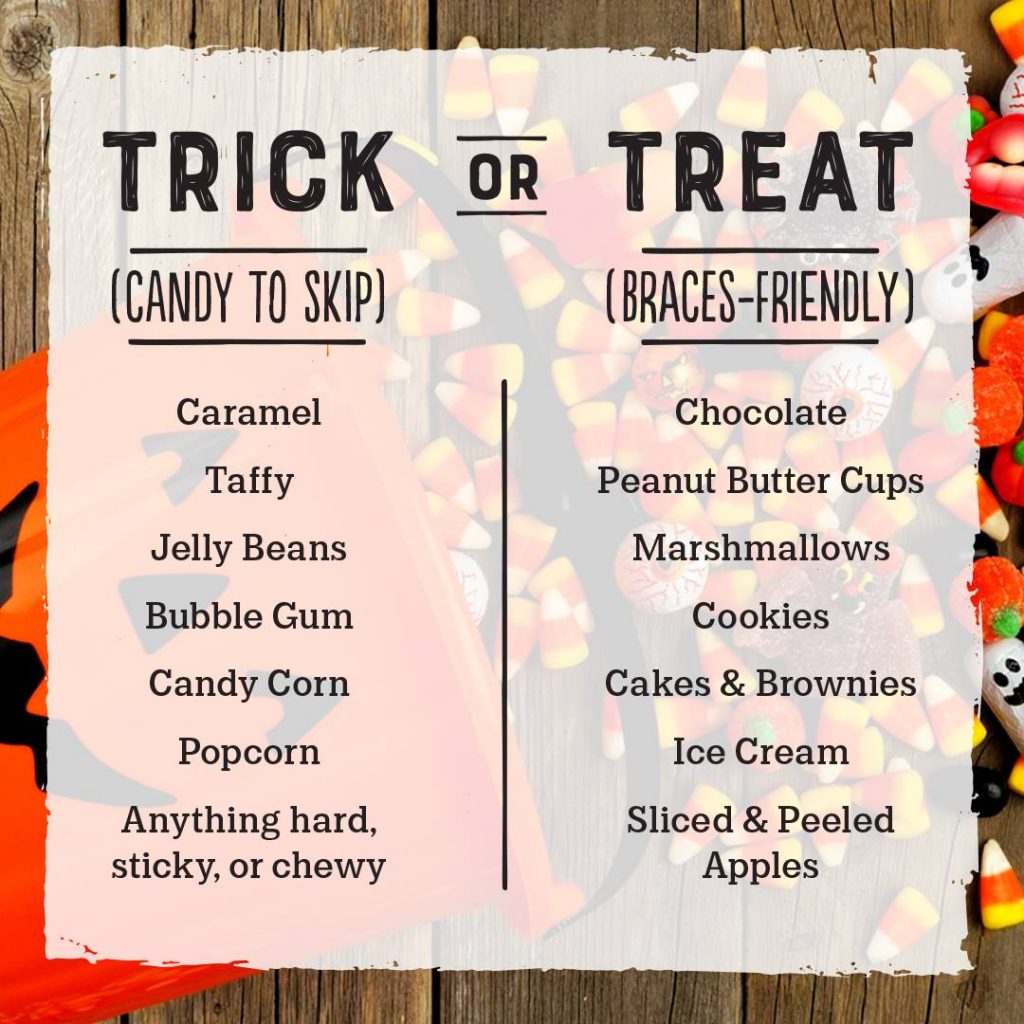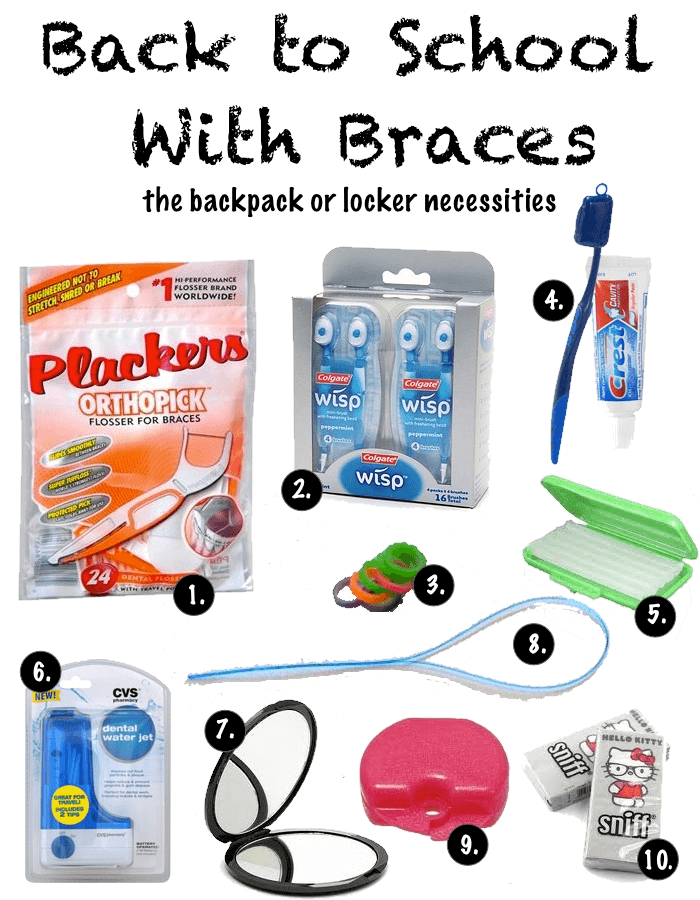December 7th, 2021
Happy Holidays!
The Kennell Ortho family would like to wish everyone a happy holiday season! This time of year is about giving, and spending time with your loved ones. If you are a current patient of ours, a previous patient of ours, or join your journey with us in the future. You know how much we enjoy giving to the community. For the month of November we held a food drive for our local Boys and Girls Club. We had an awesome turn out with the help of our wonderful patients! We enjoyed this so much we decided to extend the food drive into the month of December!
 How does this work?
How does this work?
- Drop off a non perishable food item to one of our 3 office locations
- (If you're a current patient) you receive 20 patient rewards points for each donation
- If you're not a patient you can still donate to a good cause!
When do I need to turn in donations?
- December 16th 2021 is the last day we will be taking donations
Where can I drop off my donations?
- Laconia office- 783 North Main Street
Laconia, NH 03246
- Plymouth office- 94 Boulder Point Dr, Plymouth, NH 03264
- Littleton office- 81 Bethlehem Rd, Littleton, NH 03561

We would like to thank everyone who has donated and shared the word for this food drive. We appreciate all of your support!
November 9th, 2021
Thanksgiving is meant to be spent with friends and family enjoying the company of those around you. And we can't forget the food!!! We understand that with braces some foods are limited. There are still ways for you to enjoy the foods being served!
Brace friendly foods:
Turkey: Remember to cut the meat off the bone before eating it to avoid damaging the braces. Ham: Just like the turkey you should have no issues with this one. Cutting meats into smaller pieces may make it easier to eat.
Stuffing
Vegetables: If you have corn, make sure to cut it off the cob. Mashed potatoes, cornbread, steamed vegetables are great choices because they are soft and easy on your teeth.
Muffins: Rolls or other bread. Just double-check that there are no added nuts!
Foods to avoid:
- Caramels
- Hard croutons, nuts, or crunchy crusts
- Raw carrots, apples, or corn on the cob ( unless it's cut off the cob)

October 19th, 2021
These candies may damage orthodontic appliances and can really set your orthodontic treatment back. Stay away from candies such as;
- Caramels
- Taffy
- Hard candy
- Chewy candy
- Jellybeans
- Licorice
- Bubble gum
- WarHeads
- Popcorn
Candies you can eat with braces include;
Softer candies that don't require the force of biting down hard, and more of the candies that will melt in your mouth.
- Chocolate (without caramel or nuts)
- Peanut butter cups
- KitKats
- 3 Musketeers
- Cookies
Make sure to brush thoroughly around your braces especially after indulging in sugary snacks!
No need to miss out on the trick-or-treating fun but enjoy candy in moderation and snack wisely! If you do find a bracket not attached to the tooth, call your orthodontist as soon as possible to make an appointment to repair the loose bracket so your treatment is not delayed.

September 22nd, 2021
Back to School activities are back in full swing! Kennell Orthodontics wants to send your children back to school prepared for school life with braces or new orthodontic treatments. Pack your child their very own "Back to School with Braces" kit - something as simple as a ziplock plastic bag including items such as: Orthopicks, orthodontic rubber bands, mini toothbrush and toothpaste, orthodontic wax, small mirror, floss, retainer case and tissues. This kit can easily be tucked into their backpack or locker and will help as a reminder of orthodontic care even when at school. Start the school year off right with these reminders:
- bring retainer cases to lunch room and keep retainer in it to avoid accidentally throwing it away with lunch trash;
- always wear protective mouth guard for all fall sports - this will help prevent brackets from breaking and inner lip from rubbing against braces.

 How does this work?
How does this work? 



